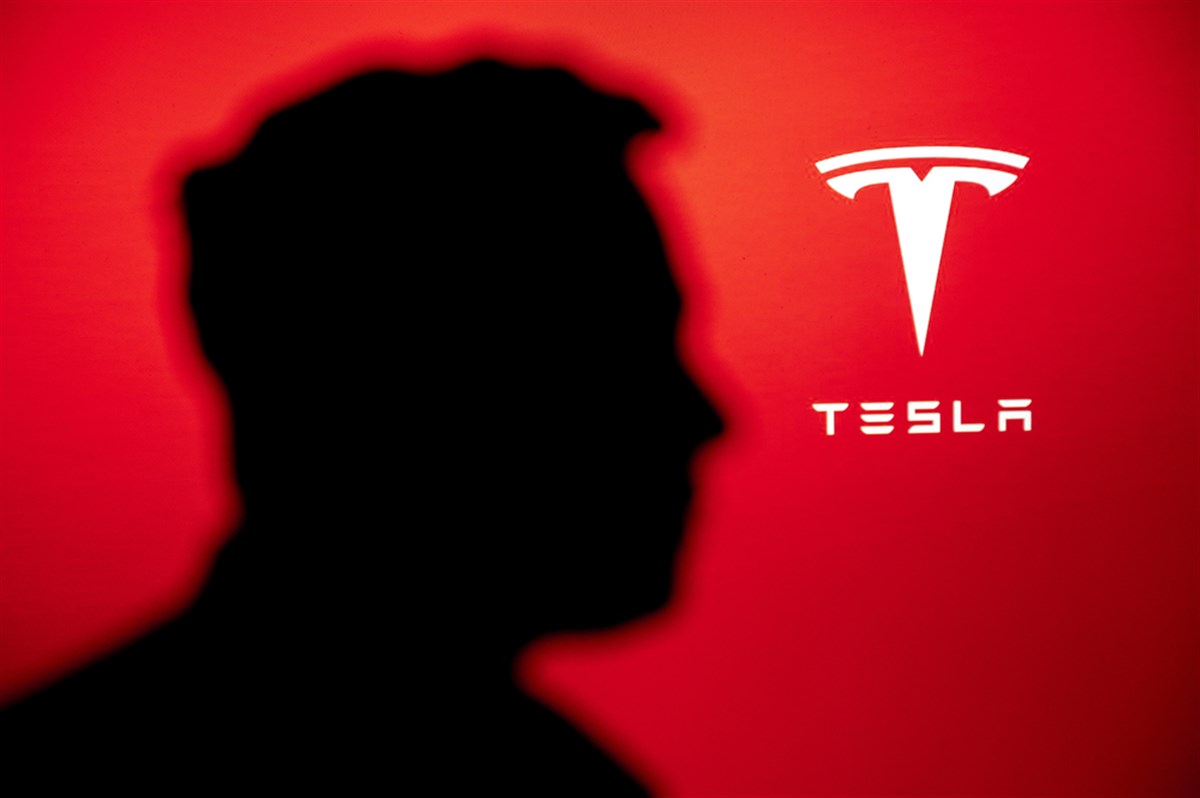Tesla delivers, but can they outrun China's EV surge? Tesla's recent record EV deliveries face strong competition from China's BYD, prompting strategic moves to retain its market leadership.
This story originally appeared on MarketBeat

Electric vehicle (EVs) adoption is surging across the globe. At the forefront of this surge is Tesla (NASDAQ: TSLA), the company Elon Musk built on ambition and electric dreams. Last quarter, Tesla defied expectations, delivering a record-breaking 484,507 vehicles. Although Tesla achieved another milestone and exceeded analyst estimates, its victory lap feels strangely muted.
As Wall Street celebrated Tesla's delivery numbers, a quiet rumble came from the East. Chinese EV giant BYD (OTCMKTS: BYDDY) surged past Tesla to claim the global crown with an even bigger number of 526,409 deliveries. This news has left analysts and investors alike questioning: "Can Tesla, the once-uncontested champion, outrun the charging pack, particularly the formidable force surging from China?"
The crown slips: Tesla beats forecasts, but BYD steals the show
Analysts were already anticipating a strong quarter, but that got more than they expected as the EV titan crushed estimates with 484,507 deliveries in Q4. Wall Street cheered Tesla's impressive results but decided not to celebrate the win fully. Why? Because in China, another company was quietly taking the lead in the electric car race.
BYD, a major Chinese company, has impacted the electric vehicle (EV) market and crashed Tesla's party. BYD delivered an impressive 526,409 EVs, surpassing Tesla's global EV sales and positioning itself as the leader in this sector. This achievement is not only a significant milestone for BYD but also marks a shift in the competitive landscape of the EV industry.
On the other hand, Tesla delivered 484,507 EVs in the same period, representing a 37% increase compared to the previous year. This performance underlines Tesla's continued strength in the market, securing its status as the second-largest EV seller globally. Furthermore, Tesla exceeded its annual goal of 1.8 million deliveries, showcasing its strong market presence and operational capabilities.
Added to the mix is the fact that Tesla's fourth-quarter growth rate was slower than its previous quarters. In contrast, BYD's rapid growth, supported by its large domestic market and a diverse range of EV products, has been more pronounced. The fourth quarter of 2023 has marked a significant shift in the electric vehicle sector, with BYD overtaking Tesla in quarterly deliveries.
The Tesla tightrope
Tesla's Q4 performance was a paradox wrapped in an enigma. On the one hand, they shattered analysts' forecasts and surpassed their annual delivery goal. The company exceeded the 1.8 million units projected for the year. This cemented their position as the second-largest EV seller globally, showcasing a healthy 37% year-over-year growth.
The numbers, while impressive, reveal underlying complexities. While it is true that Tesla beat Wall Street's estimates, it did not meet its internal goals. Tesla's inner circle had set a goal of 2 million deliveries, and falling short casts a shadow of unmet expectations. Profit margins also remain scrutinized, especially as the raw materials sector remains volitile. The ever-present possibility of a recession further clouds the economic horizon, adding a layer of uncertainty to Tesla's future balance sheet.
China shadows lengthen
While Tesla enjoyed domestic success, BYD, a rapidly expanding giant from the East, captured the global spotlight. Their Q4 delivery figures of 526,409 far exceeded Tesla's, making them the undisputed EV market leader. This shift in power dynamics sent shockwaves throughout the industry. It indicates that the market is rapidly changing and that established dominance can be quickly seized.
Investors eye the tightrope
Analysts and investors are cautiously optimistic about Tesla's prospects. While acknowledging the company's solid fundamentals and ambitious plans, they raise concerns about the intensifying competition, particularly from BYD. Some analysts believe that a price war could result from this intensifying competition, which could squeeze profit margins for both players. Additionally, global economic headwinds add another layer of complexity to the investment equation.
Tesla is not one to shy away from ambitious goals. Elon Musk has set a target of delivering two million vehicles in 2024, a significant increase from the company's 2023 milestone. To achieve this, Tesla is rapidly ramping up production at its existing gigafactories and busies itself building new ones. The factories in Texas and Berlin are currently producing Model Y vehicles, while the Shanghai factory is producing Model 3 vehicles. In addition, Tesla is planning to build a Gigafactory in Mexico, which will help the company expand its operations in Latin America.
The company is not content with simply churning out more of the same. Tesla still has some tricks up its sleeve. The highly anticipated (albeit delayed) Cybertruck is finally launched, promising to redefine the pickup truck landscape with its angular appeal. Meanwhile, rumors of a $27,000 automobile for India suggest Tesla's goal to democratize EVs and tap into developing markets. And let us not forget that the ever-evolving Autopilot and Full Self-Driving technologies are constantly inching closer to the holy grail of full autonomous driving.
Tesla is reaching a critical juncture in the electric vehicle (EV) market. Despite surpassing its delivery targets and demonstrating robust growth, the company now contends with the rapid ascent of China's BYD. This signals a shift in the global EV landscape as competition extends beyond sheer delivery numbers to encompass technological innovation and market expansion. Tesla's response to these challenges, including its ambitious production goals and strategic developments, will be pivotal in determining its position in an increasingly competitive and volatile industry.









